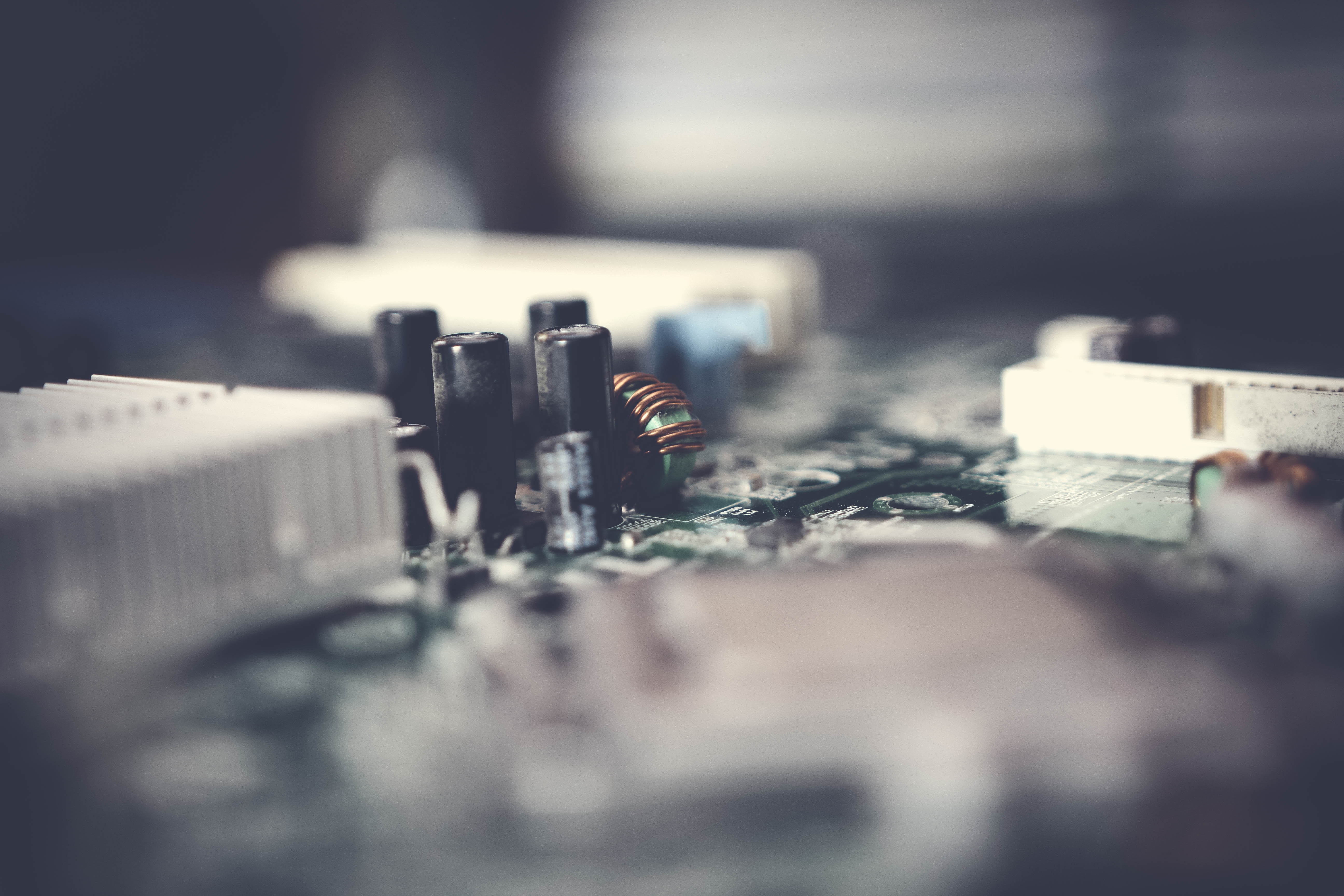August 31, 2020
2136
Analog ground: the ground of the analog power supply, generally the ground of the power supply.
Digital ground: the ground of the digital circuit, such as the ground of the CPU and the microcontroller. Generally, a small magnetic bead is connected to the analog ground during PCB design. Simple circuits or low-frequency circuits can be directly connected without magnetic beads.
Shield ground: For instrument circuit or communication bus (485, CAN, etc.), a shield ground interface is generally required, which is connected to the instrument shell or ground.

How to deal with digital ground and analog ground in PCB design: Generally, the ground wire in PCB circuit design is the reference voltage, which is generally 0V. But in the actual PCB, the signals in various circuit modules are different, such as high-frequency modules and low-frequency modules. Digital modules and analog modules. In the digital module, the frequency signal and the adjacent ground wire form a coupling capacitor, resulting in the ground wire in the digital module generally not being 0V, but higher than 0V. However, it is not easy to form a coupling between the analog signal and the ground. Therefore, the ground wire of the analog part is generally 0V. If the ground wire of the digital module and the ground wire of the analog part are connected together, the non-zero voltage of the digital ground will be serially connected to the analog part through the analog ground. Therefore, when we design the PCB, we generally route the ground wire of the analog part and the ground wire of the digital part separately. It is best to merge through a single point. This is single point grounding. How to deal with shielding ground in PCB design: In high-frequency circuits, high-frequency circuits will continuously radiate electromagnetic waves to surrounding circuits, which has a great impact on surrounding circuits. Therefore, we add a ground wire around high-frequency circuits to absorb high-frequency Radiated electromagnetic waves. This ground wire is the shield ground. Shielding ground is generally used in high-frequency circuits. As long as there is a high-frequency signal on the PCB board, a shield ground can be added around it.